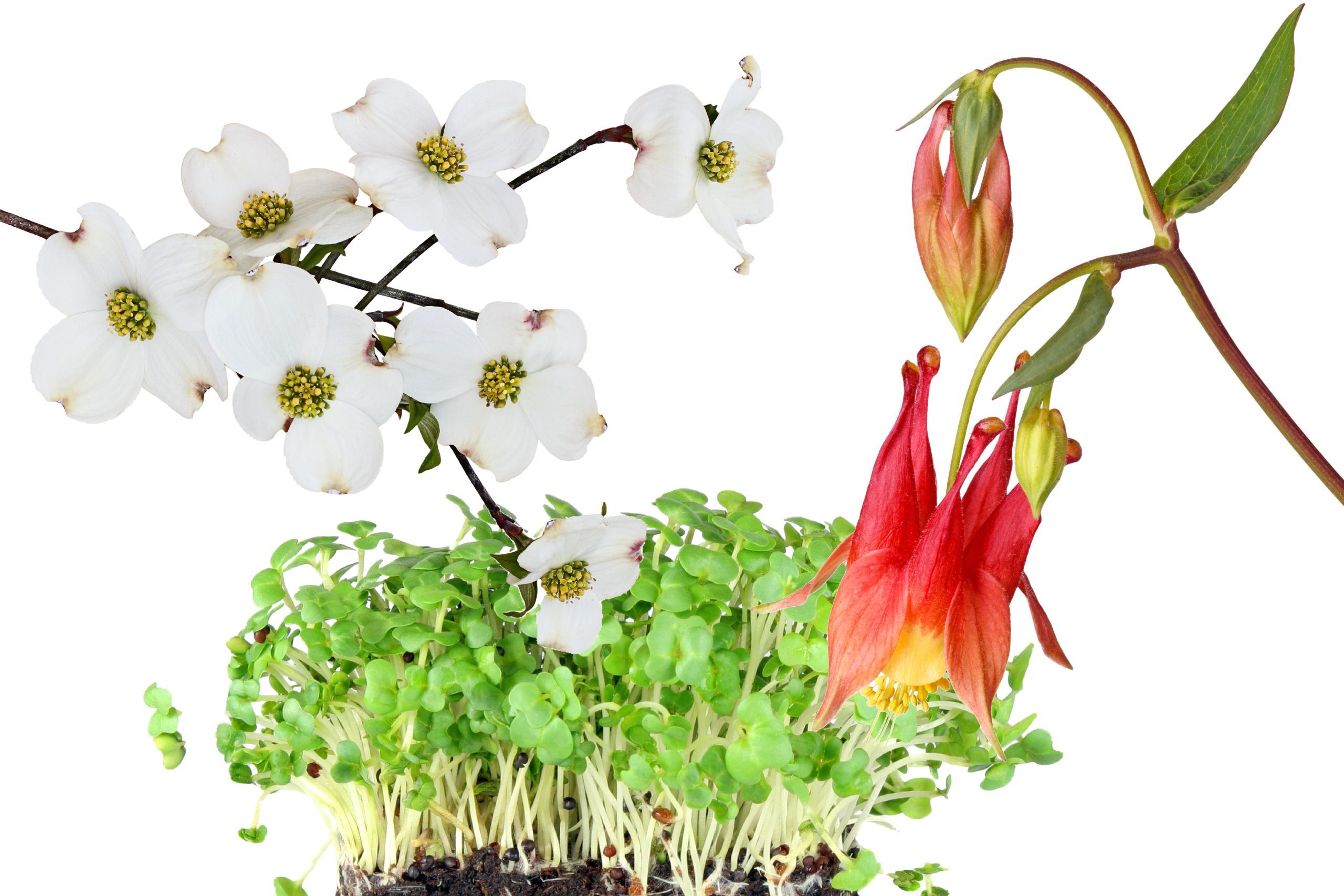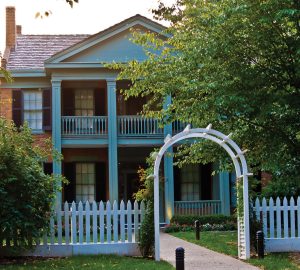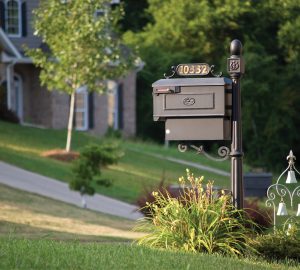There are a lot of beautiful plants in the world, but not all of them are beneficial for your yard or garden. Some popular varieties are invasive, difficult to maintain or come with other issues you don’t want to deal with. We’ve got some common plants to avoid, as well as some alternatives that are native to Missouri.
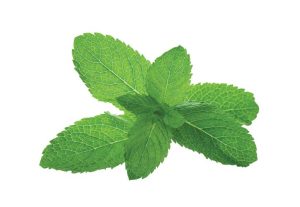
don’t plant … mint
Mint has a lot going for it. It’s relatively easy to grow, is beautifully aromatic and can be used in a variety of food and drink recipes. However, its roots are very invasive, and it can spread in a weed-like manner in your garden. If you’re still interested in growing your own fresh mint, keep it in a container.
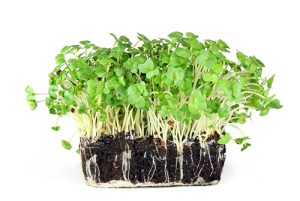
instead, plant … watercress
If you’re looking to add an edible plant to your garden, consider watercress. Native to Missouri, you can find it in nature growing in water. If you have a water feature in your yard, it’s a great place to plant watercress, but don’t worry if you don’t have one. Watercress also can be grown in consistently wet soil in full sun.
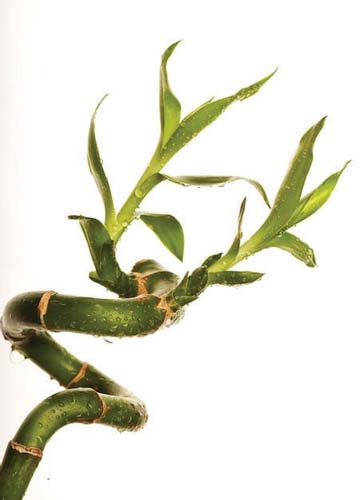
don’t plant … bamboo
Bamboo is often planted as a privacy screen. It takes little maintenance and grows quickly—a little too quickly. It won’t take long for bamboo to take over your yard and potentially spread beyond it. It then can take years to fully eradicate.
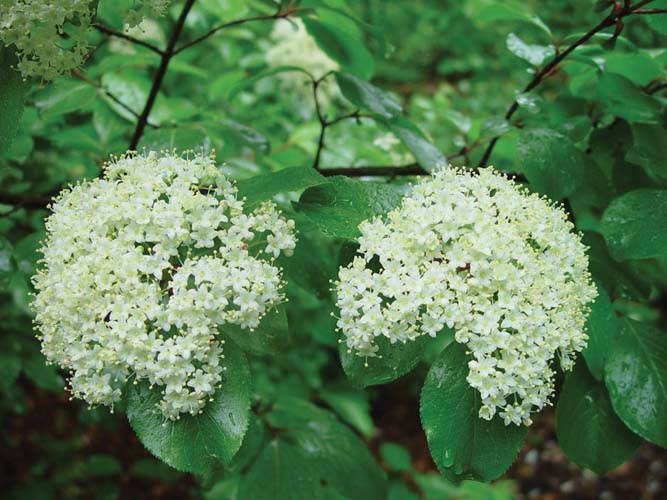
instead, plant … rusty black haw
For privacy, a native option is the rusty black haw. This shrub grows to be on average to be around 10- to 15-feet high. It flowers from March to April, and the foliage turns a rich burgundy in the fall. In late summer, it produces blue-black fruit that is great for migratory birds.
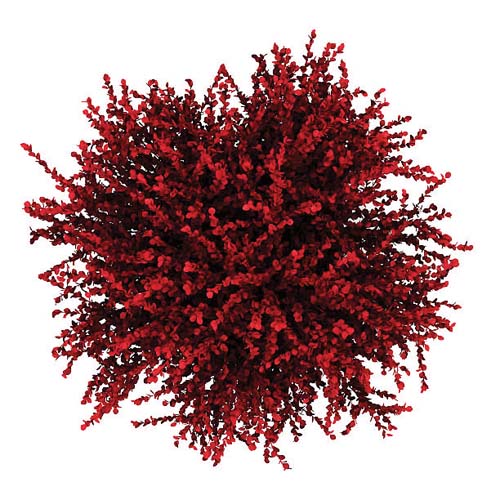
don’t plant … japanese barberry
Japanese barberry is commonly used in landscaping. It is drought and shade tolerant and deer resistant. However, it also is often home to black-legged ticks, which can carry Lyme disease. Plus, it’s invasive and covered with a thicket of sharp barbs, which can make managing it difficult.
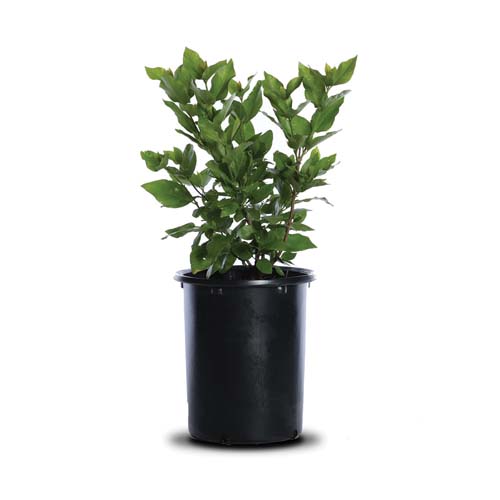
instead, plant … spice bush
Rather than ticks, this shrub plays host to the spicebush swallowtail butterfly. Broad and rounded, it grows to be around nine to 16 feet high when mature. In the early spring, enjoy fragrant yellow-green flowers, look out for red berries in the summer and take in the deep yellow foliage come fall.
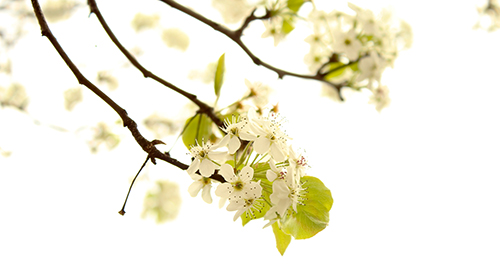
don’t plant … barberry pear
Barberry pear trees are everywhere. They grow quickly, and their white blossoms are abundant. Win-win, right? Well, they also come with some pretty big drawbacks. Those blooms come with an unpleasant smell, and the tree’s wood is weak, creating the potential for substantial damage from strong winds or storms.

instead, plant … flowering dogwood
Not only is the flowering dogwood native to Missouri, it’s the state tree! It will grow in full sun or partial shade and typically reaches heights between 15 and 30 feet. Some dogwoods may be pink, and the leaves turn to different shades of red in the fall. In the fall and winter, its red berries attract wildlife.

don’t plant … wisteria
With its cascading purple blooms, wisteria is a showstopper. While it may seem like a natural choice for any flower lover, its root system could be a problem for the rest of your garden. It can send out shoots that can engulf trees, shrubs or anything else in its way—even if it’s far away from where the wisteria is blooming.
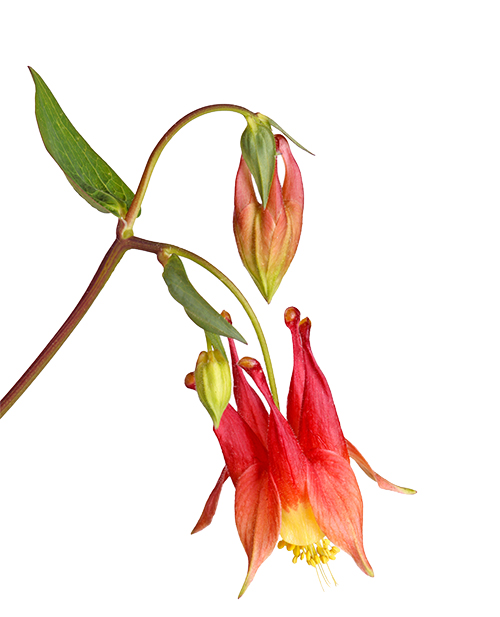
instead plant … columbine
Found in moist woodlands throughout the state, Columbine features red tubular flowers that are a great source of nectar for hummingbirds. If planted from seed, it will spread readily in flower beds, and the plant tolerates shade or sun in average to moist soils. You can expect blossoms in April through July.





